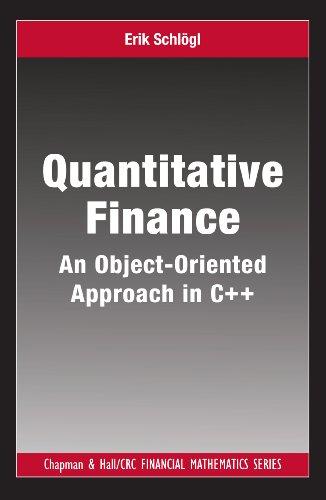Question
You are the director of operations for your company, and your vice president wants to expand production by adding new and more expensive fabrication machines.
You are the director of operations for your company, and your vice president wants to expand production by adding new and more expensive fabrication machines. You are directed to build a business case for implementing this program of capacity expansion. Assume the company's weighted average cost of capital is 13%, the after-tax cost of debt is 7%, preferred stock is 10.5%, and common equity is 15%. As you work with your staff on the first cut of the business case, you surmise that this is a fairly risky project due to a recent slowing in product sales. As a matter of fact, when using the 13% weighted average cost of capital, you discover that the project is estimated to return about 10%, which is quite a bit less than the company's weighted average cost of capital. An enterprising young analyst in your department, Harriet, suggests that the project be financed from retained earnings (50%) and bonds (50%). She reasons that using retained earnings does not cost the firm anything, since it is cash you already have in the bank and the after-tax cost of debt is only 7%. That would lower your weighted average cost of capital to 3.5% and make your 10% projected return look great.
Based on the scenario above, post your reactions to the following questions and concerns:
What is your reaction to Harriet's suggestion of using the cost of debt only? Is it a good idea or a bad idea? Why? Do you think capital projects should have their own unique cost of capital rates for budgeting purposes, as opposed to using the weighted average cost of capital (WACC) or the cost of equity capital as computed by CAPM? What about the relatively high risk inherent in this project? How can you factor into the analysis the notion of risk so that all competing projects that have relatively lower or higher risks can be evaluated on a level playing field?
The answer should be at least 350 words
Step by Step Solution
There are 3 Steps involved in it
Step: 1

Get Instant Access to Expert-Tailored Solutions
See step-by-step solutions with expert insights and AI powered tools for academic success
Step: 2

Step: 3

Ace Your Homework with AI
Get the answers you need in no time with our AI-driven, step-by-step assistance
Get Started


